It's amazing looking back over the years, to see that the last significant rain we had was in October 2017 - 80mm in 3 days! The drought has had some other interesting consequences though...
Snail Trail
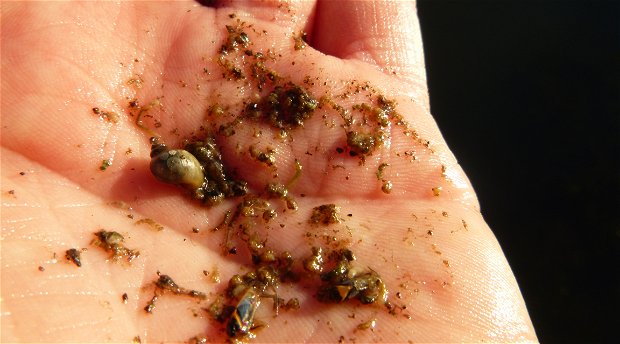
Freshwater snails are one of the most consistent food sources available to fish, but one of the most underfished imitations used by flyfishers.
They are not a seasonal food sources, as their life cycle is only 60 days long, so they are prevalent in our water systems all year round.
Snails - some 4000 species of them - are gastropod molluscs living in freshwater that feed on algae, diatoms and detritus, including dead plant material. They generally attach themselves to rocks, gravel beds or solid submerged substrate or aquatic vegetation. The colour pigments found in the protective layer that covers their shell accounts for their camouflage, adapting their colour to their aquatic environment. I always try to match the colour of my snail imitation to the colour of the water.
The snail is one of those out-of-sight out-of-mind food sources that fishermen don't really talk about. This situation is exacerbated by the fact that the imitative fly patterns are about as non-descript as the creature itself and the fishing techniques are synonymous with their perceived lack of movement.
Furthermore, fish feeding behaviour is not always easy to distinguish, so one does not always have confidence fishing snail imitations.
So why fish them at all?
Well, if the stomach contents of fish is anything to guide your knowledge on what the fish actually eat and what fly you should be fishing, and if the age-old saying of "find the food, find the fish" holds true, then you should be paying attention to the fact that snails are very prevalent in the stomach contents of fish!
But if they are mostly attached to vegetation and substrate below the surface and fish gorge themselves on snails underwater, how do we know when to imitate them? There are some subtle signs to look out for. Snails have developed lungs, comb-like gills, allowing them to breathe by coming up to the surface for oxygen, and that is our moment of opportunity.
Once they have detached themselves from the substrate, they slowly rise up to the surface, floating, suspended in the meniscus, whilst literally sucking in oxygen. This makes them very easy targets for fish. As snails cannot swim per se, they get blown by the wind or drift in the currents. The confusion is that you might see the odd fish boiling in the ripples or head and tailing along a wind lane, and you would be forgiven for thinking they are feeding on midge pupae.
Once the snails have refilled with oxygen, they then drop back down to attach themselves to the substrate. This is another "tell", as very often your fly is taken on the drop - a good time to switch to a snail imitation.
How and where do we fish snail imitations? Whilst the focus has, in the past, been to fish snail imitations for trout, they are equally successful for yellowfish. It's best to use a floating line with a long leader - 12-15 feet - with your snail imitation as your point fly.
Present your fly near structure, next to weed beds or over rocky areas - typical places where snails could attach themselves underwater. This is much like prospecting with a dry fly, and you fish the snail in the same way - let it drift and then hold on for the take as fish usually commit when taking a snail imitation.
The method I enjoy most is presenting the snail on the edge of a ripple lane and allowing the wind to provide the necessary drift and bounce in the ripples. This area also proves productive when rigging a blood worm, and epoxy buzzer or daphnia imitation New Zealand-style, hanging about 40-60cm off the drifting snail. It is a good idea to twitch the fly every now and again to ensure you are in touch with the fly and there is no slack line caused by the wind.
I have taken this method to our rivers, targeting yellowfish very successfully. There I present the floating snail/dropper combination upstream and across, allowing the snail to bob on the surface through the current, while the dropper bounces just off the bottom. If the water is flowing too quickly and you cannot see the snail, place a strike indicator about a metre above the snail so you have some idea of how your presentation is drifting and you will be able to detect the take.
VARIATIONS
I have developed several snail imitations, all of which work well.
Floating snail: This is made by using a combination of shaped foam that is painted and sealed with Seal Skin, or foam dressed with dubbing, and securing a bead at the bend of the hook to ensure the snail floats vertically. This imitates the snail lying in the meniscus and is usually fished on its own, dead drift.
Dropper snail: For this snail I use foam, shaped and painted, then sealed with Seal Skin and finished off with peacock herl and saddle hackle bound at the eye of the hook This fly lies horizontally and is tied specifically on a barbed hook to secure your dropper fly which will then pull the snail pattern vertically when presented.
Weighted snails: These variations of your traditional Coch-y-Bonddu or Peacock and Spider, tied with a bead and tapered to suggest the shape of the snail. Use a floating line when you fish one of these flies, and position it as the point fly to pull down a team of unweighted nymphs. It should be fished using a very slow retrieve.
Fishing snail patterns requires extra patience, and while slowing down brings you in tune with your surroundings, the commitment of the take will bring you back to reality!
This article was first published in Africa's Original FLY FISHING Magazine.
Further Reading
And dusty it is! The year is almost over, the drought continues, but that encourages us to find new and exciting fly fishing opportunites!
How many times have you been skunked by fish and retreated home with your tail between your legs, conducting a mental postmortem of the day and wondering what you could have done differently?



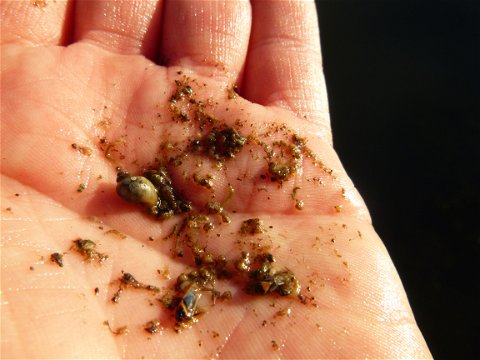
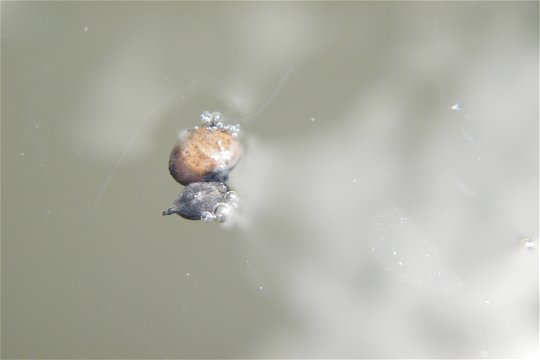
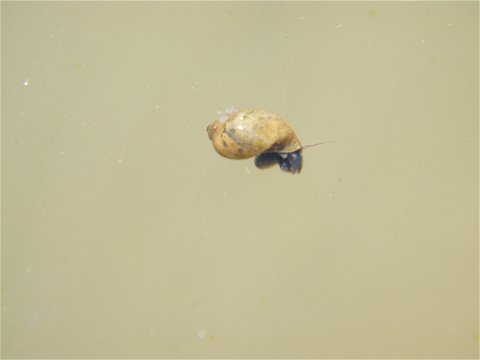

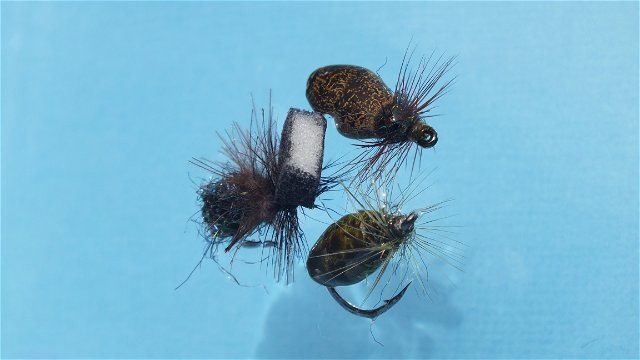
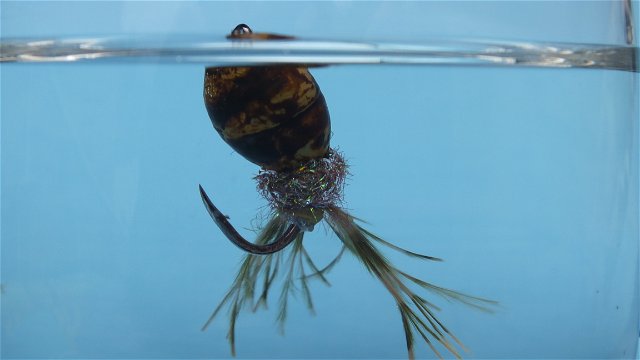

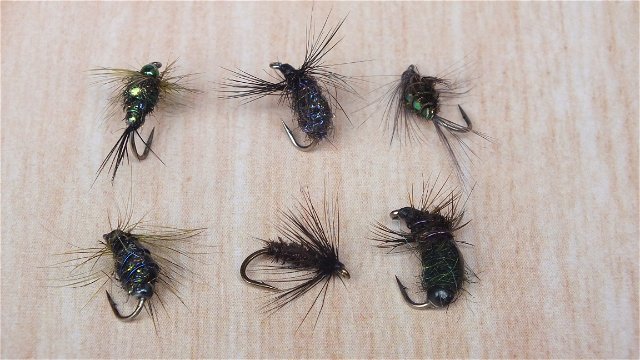
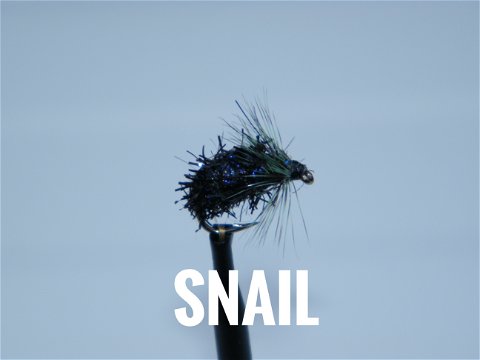




Share This Post